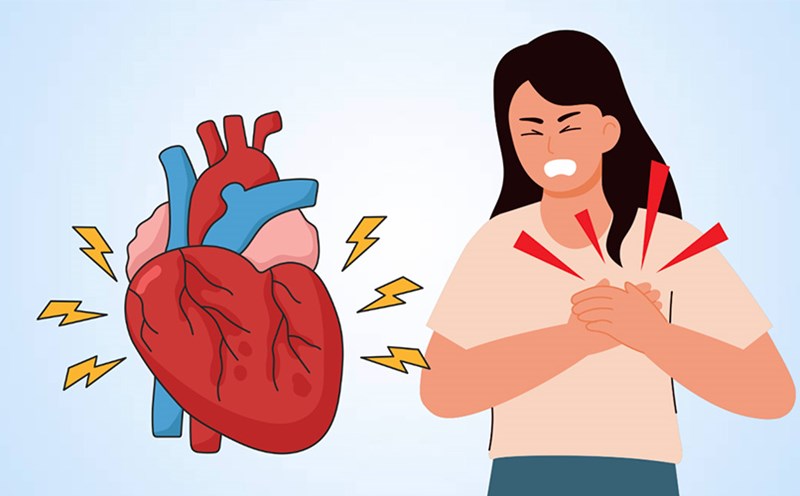During a regular health check-up, many people may be surprised when the doctor not only listens to the heart rate or measures blood pressure, but also checks the feet. This seemingly unrelated act is actually an important part of assessing overall cardiovascular health.
According to Dr. Sanjeeva Kumar Gupta, the Northern cardiologist at CK Birla Hospital in Delhi (India), the foot condition can reflect the way the heart pumps blood throughout the body. Although the distance between the feet and the heart is quite far, the small signs in the foot can provide important information about blood circulation and heart function.
Sharing the same view, Dr. Srinivas Chary, general practitioner at Gleneagles aware Hospital in Hyderabad (India), said that doctors often check for symptoms such as swelling in the ankles or feet.
This could be a sign that the heart is having difficulty pumping blood, causing fluid to build up in the lower limbs due to force.
In addition, skin color and temperature of the feet are also factors that are closely monitored. Cold or pale feet can indicate poor blood circulation, often associated with peripheral artery disease, a condition closely linked to heart disease and stroke risk.
Long-term wound healing or ulcers in the legs can also be a sign that blood is not fully circulating, thereby reducing the body's ability to naturally heal.
The doctor also checks the vessels in locations such as the soles of the feet or the area behind the ankles to assess blood flow. If the blood vessels are weak or cannot be caught, it may be a sign of serious blood vessel problems that need further monitoring.
Although the feet are not close to the heart, they still play a role in helping doctors diagnose cardiovascular health. Paying attention to these signals can help detect underlying cardiovascular problems early, thereby intervene more promptly and effectively.










